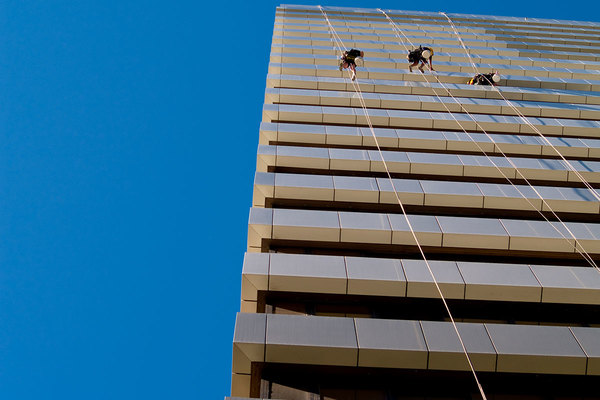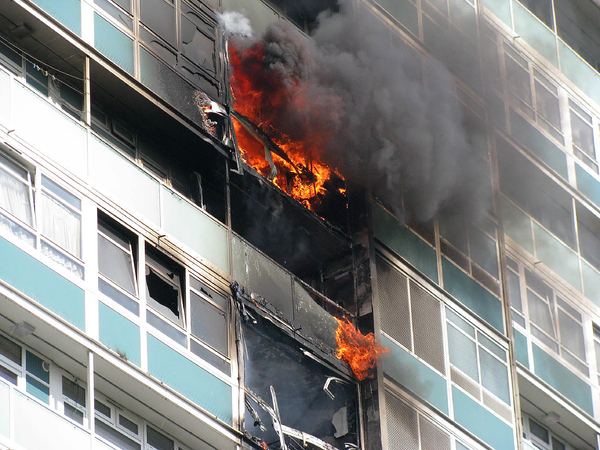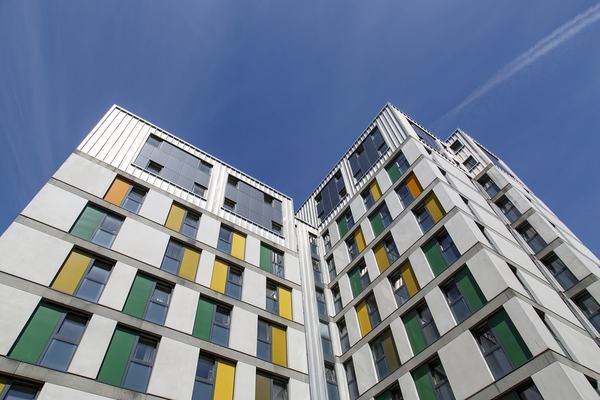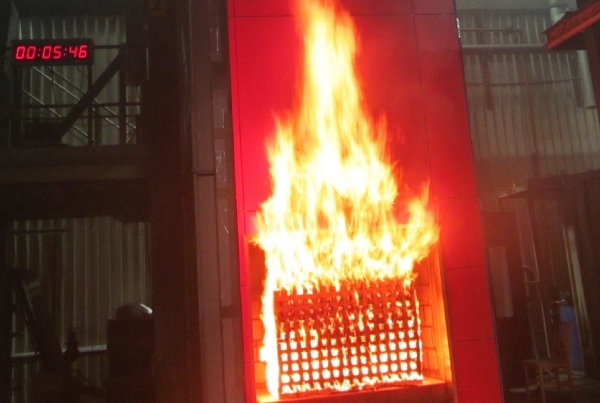You are viewing 1 of your 1 free articles
London councils call on government to fund non-ACM cladding removal
Councils in London are calling on the government to fund the removal and replacement of unsafe non-Aluminium Composite Material (ACM) cladding.
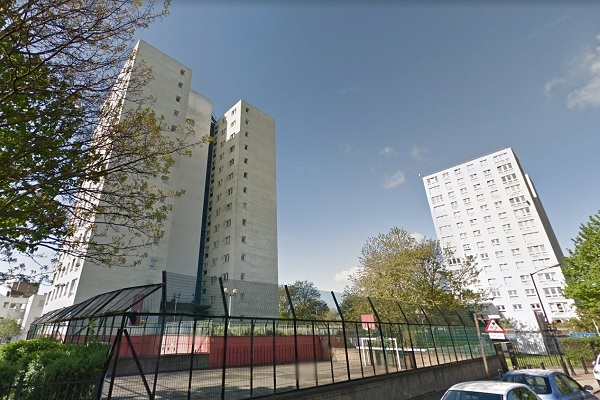
Prime minister Theresa May has previously promised to “fully fund” remediation of dangerous cladding for council and housing association-owned blocks – but the pledge only relates to ACM systems, as used on Grenfell Tower, which has failed tests in the wake of the tragedy.
In the past year, a number of social landlords have also identified safety issues with other types of cladding, such as expanded polystyrene (EPS) and high pressure laminate (HPL).
Records are not widely available, but an Inside Housing survey earlier this year identified at least 72 social housing blocks across the country with either EPS or HPL cladding systems.
Tower Hamlets Council is replacing the former on two high rises at cost of around £3.4m, while Islington Council has just started similar work on a 12-storey block.
At least two more London boroughs are understood to have concerns about buildings with EPS cladding.
Inside Housing also revealed in July that HPL cladding, which can be combustible, has never passed a large-scale BS 8414 fire safety test.
London housing association Metropolitan is stripping HPL from one of its tower blocks.
Darren Rodwell, executive member for housing at umbrella group London Councils and leader of Barking & Dagenham Council, said: “The priority for London boroughs is to make sure all their residents are safe – and feel safe – in their homes. This means all types of dangerous cladding must be removed – it’s not only ACM cladding giving cause for concern.
“While we’ve certainly welcomed the funding made available to remove ACM cladding from social housing, we’re urging the government to provide resources for the remediation of other cladding types.
“This would only involve a small number of additional buildings but is essential for ensuring Londoners’ safety. The erosion of local authority budgets and continuing restrictions on Housing Revenue Accounts means we have no choice but to seek government funding for this work.”
Inside Housing understands that the government commissioned research into non-ACM cladding which began in early 2018 and is expected conclude soon.
A spokesperson for the Ministry of Housing, Communities and Local Government said: “We have said we will provide local authorities with financial flexibilities for essential fire safety work.”
Never Again campaign
In the days following the Grenfell Tower fire on 14 June 2017, Inside Housing launched the Never Again campaign to call for immediate action to implement the learning from the Lakanal House fire, and a commitment to act – without delay – on learning from the Grenfell Tower tragedy as it becomes available.
One year on, we have extended the campaign asks in the light of information that has emerged since.
Here are our updated asks:
GOVERNMENT
- Act on the recommendations from Dame Judith Hackitt’s review of building regulations to tower blocks of 18m and higher. Commit to producing a timetable for implementation by autumn 2018, setting out how recommendations that don’t require legislative change can be taken forward without delay
- Follow through on commitments to fully ban combustible materials on high-rise buildings
- Unequivocally ban desktop studies
- Review recommendations and advice given to ministers after the Lakanal House fire and implement necessary changes
- Publish details of all tower blocks with dangerous cladding, insulation and/or external panels and commit to a timeline for remedial works. Provide necessary guidance to landlords to ensure that removal work can begin on all affected private and social residential blocks by the end of 2018. Complete quarterly follow-up checks to ensure that remedial work is completed to the required standard. Checks should not cease until all work is completed.
- Stand by the prime minister’s commitment to fully fund the removal of dangerous cladding
- Fund the retrofitting of sprinkler systems in all tower blocks across the UK (except where there are specific structural reasons not to do so)
- Explore options for requiring remedial works on affected private sector residential tower blocks
LOCAL GOVERNMENT
- Take immediate action to identify privately owned residential tower blocks so that cladding and external panels can be checked
LANDLORDS
- Publish details of the combinations of insulations and cladding materials for all high rise blocks
- Commit to ensuring that removal work begins on all blocks with dangerous materials by the end of 2018 upon receipt of guidance from government
- Publish current fire risk assessments for all high rise blocks (the Information Commissioner has required councils to publish and recommended that housing associations should do the same). Work with peers to share learning from assessments and improve and clarify the risk assessment model.
- Commit to renewing assessments annually and after major repair or cladding work is carried out. Ensure assessments consider the external features of blocks. Always use an appropriate, qualified expert to conduct assessments.
- Review and update evacuation policies and ‘stay put’ advice in the light of risk assessments, and communicate clearly to residents
- Adopt Dame Judith Hackitt’s recommended approach for listening to and addressing tenants’ concerns, with immediate effect
CURRENT SIGNATORIES:
- Chartered Institute of Housing
- G15
- National Federation of ALMOs
- National Housing Federation
- Placeshapers
